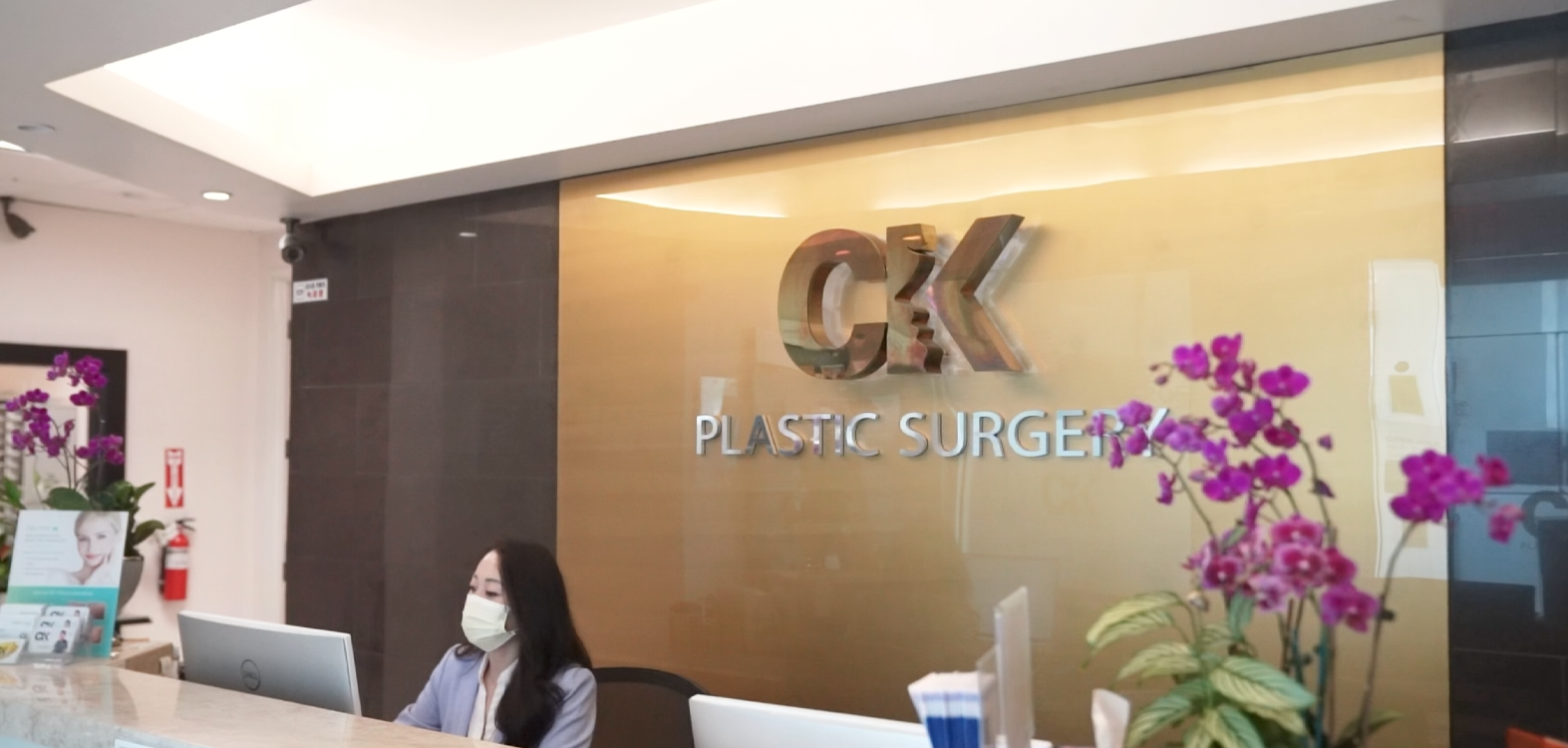
Facelift
What Is a Facelift?
A facelift, or rhytidectomy, is a cosmetic surgery designed to reduce visible signs of aging by lifting and tightening sagging facial tissues. At CK Plastic Surgery in Los Angeles, Dr. K. Charles Kim, a board-certified plastic and reconstructive surgeon, blends Korean precision and artistry with cutting-edge surgical methods to deliver youthful, natural-looking results.
A facelift can improve:
- Loose, sagging skin around the jawline or neck
- Deep folds between the nose and mouth
- Drooping cheeks or loss of midface volume
- Wrinkles and fine lines around the lower face
Why Choose a Facelift at CK Plastic Surgery?
Patients choose CK Plastic Surgery for its personalized approach, advanced surgical precision, and natural enhancement philosophy. Dr. Kim has trained at world-renowned institutions in Beverly Hills, Honolulu, and Seoul, making him one of Los Angeles’s most trusted facelift specialists.
Why people prefer CK Plastic Surgery for facelift surgery:
- Expert in SMAS and deep-plane facelift techniques
- Focus on natural, refreshed results — never “overdone”
- Safe, modern operating environment with advanced anesthesia
- Personalized surgical plans for every patient’s facial structure
- Culturally attuned care from a Korean-American plastic surgeon
Benefits of a Facelift
- Restores youthful contours of the face and neck
- Tightens sagging skin and smooths deep folds
- Reduces jowls and drooping cheeks
- Improves confidence and self-image
- Long-lasting, natural-appearing results
Who Should Avoid a Facelift
A facelift may not be suitable for:
- Individuals with serious medical conditions that affect healing
- Active smokers or those unwilling to stop nicotine use
- Patients with unrealistic expectations of surgical results
- Those seeking instant results without recovery time
Ideal Candidates
You may be an ideal candidate if you:
- Are in good overall health
- Have noticeable facial sagging, jowls, or deep creases
- Wish to achieve long-term facial rejuvenation
- Desire a natural, balanced improvement — not a “tight” look
- Are typically between 40–70 years old (though age alone isn’t a limitation)
.png)
Before & After Images
Click and take a look at these remarkable results of Doctor Kim's procedures showcased in the images to the right. These before and after pictures offer a compelling look at the significant, positive changes we help our patients achieve. To explore a much wider range of our transformations, and see even more results for yourself, visit our Before and After Gallery.
The Procedure: What to Expect
At CK Plastic Surgery Los Angeles, Dr. Kim uses advanced SMAS and deep-plane facelift techniques that rejuvenate not only the skin but also the deeper muscle layer for results that last longer and appear completely natural.
Step-by-Step Overview:
- Consultation: Dr. Kim designs a custom facelift plan using facial analysis and 3D visualization.
- Anesthesia: The procedure is performed under general or twilight anesthesia for comfort.
- Incisions: Placed discreetly along the hairline and around the ears for minimal visibility.
- Repositioning: Dr. Kim lifts and repositions facial muscles and tissue for structural rejuvenation.
- Tightening & Closure: Excess skin is gently trimmed and sutured for a refined finish.
Procedure time: approximately 2–4 hours depending on the scope of correction.
Recovery and Aftercare
Facelift recovery is straightforward and closely monitored by Dr. Kim.
Typical recovery timeline:
- 1–2 weeks: Most patients return to normal activities
- 10–14 days: Bruising and swelling subside significantly
- 2–3 months: Full results become visible as tissues settle
Aftercare tips:
- Sleep with your head elevated to reduce swelling
- Avoid strenuous activity for 2–3 weeks
- Follow Dr. Kim’s personalized aftercare plan for best results
Get in Touch
Connect with us today for personalized support, answers to your questions, or to start a conversation about how we can help you achieve your goals!

Surgery Results
A facelift at CK Plastic Surgery offers long-lasting rejuvenation that looks elegant and natural.
Patients often report appearing 8–12 years younger, with improved facial definition and smoother skin texture.
For complete rejuvenation, many patients combine a facelift with eyelid surgery, brow lift, or neck lift to balance overall harmony.
FAQs – Facelift Surgery
Q: How long do facelift results last?
A: Results typically last 8–12 years with good skincare and sun protection.
Q: Is a mini facelift a good option for me?
A: Mini facelifts are ideal for patients in their 40s–50s with mild sagging in the cheeks and jawline.
Q: Are scars visible?
A: No — incisions are strategically hidden along the hairline and natural ear contours.
Q: When can I wear makeup again?
A: Usually after 10–14 days, once incision healing is complete.
Why Patients Trust Dr. K. Charles Kim
Dr. K. Charles Kim, M.D., F.A.C.S., is a board-certified plastic and reconstructive surgeon renowned for his artistry, precision, and patient-first philosophy.
He has trained and practiced at elite institutions including:
- Advanced Surgery Institute, Beverly Hills Physicians Medical Institute
- Brown University / Rhode Island Hospital (Chief Resident, Plastic Surgery)
- Jelim and BK Clinics, Seoul, South Korea
- Robert Flowers, M.D., Honolulu, Hawaii
Dr. Kim combines Korean aesthetic principles with advanced American surgical methods to create results that are subtle, elegant, and timeless. His mission is simple:
“At CK Plastic Surgery, your satisfaction is our goal.”

Please try again.

.png)




